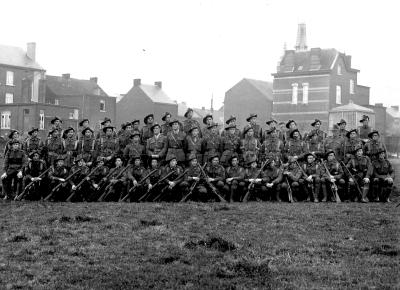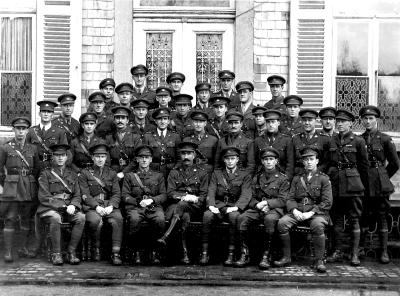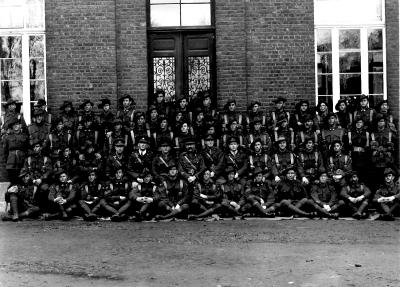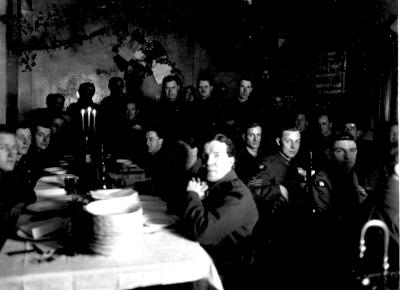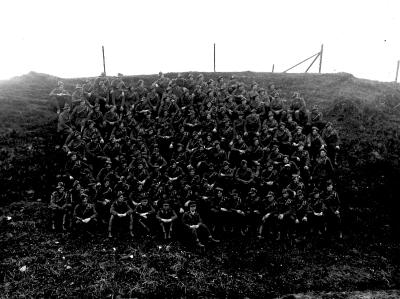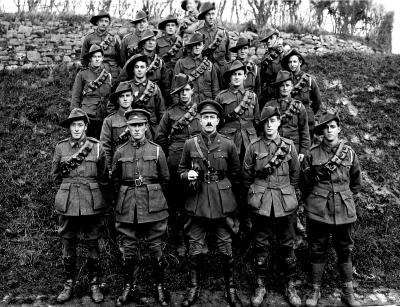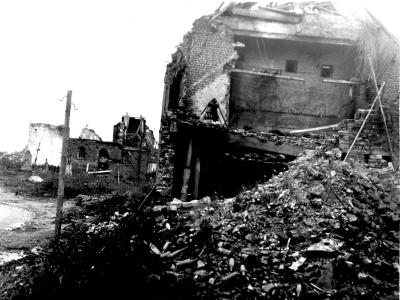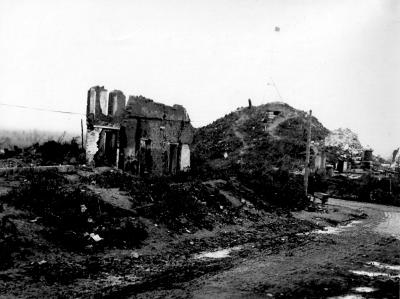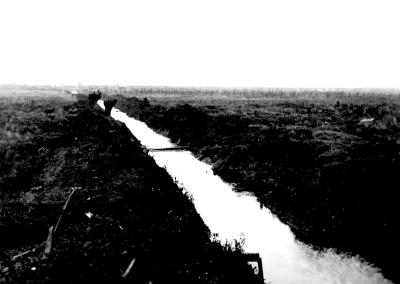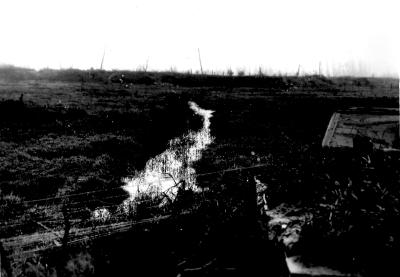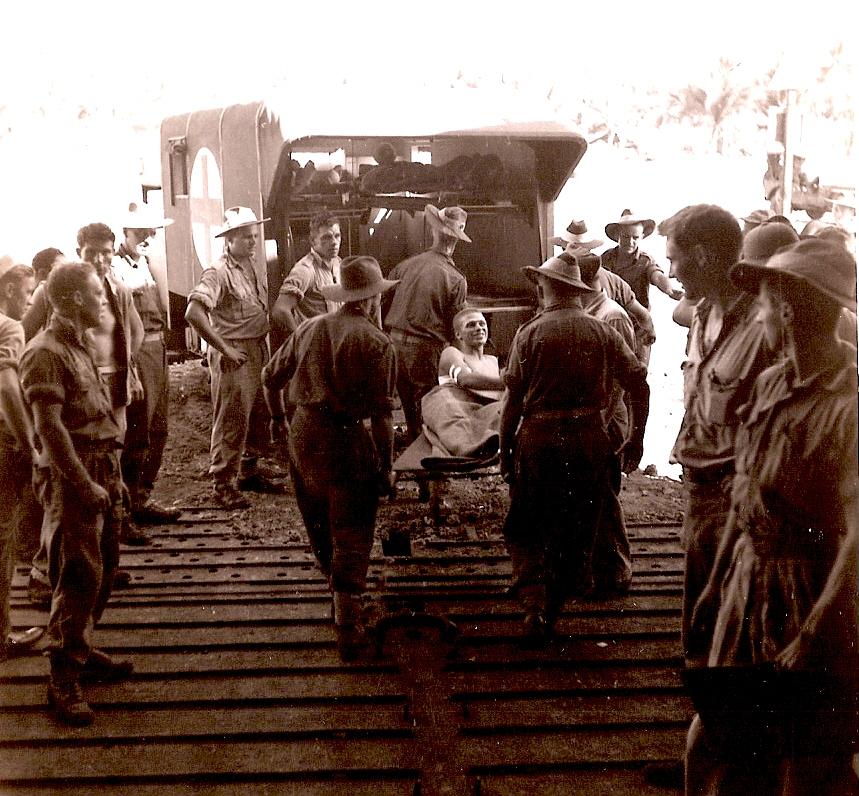World War 2, South-West Pacific Theatre, Morotai, 1945
1945View of wounded evacuated from Landing Ship Tank (LST) to ambulances at Morotai
A landing ship, tank, (LST) is a ship first developed during World war 2 (1939–1945) to support amphibious operations by carrying tanks, vehicles, cargo, and landing troops directly onto a low-slope beach with no docks or piers. The shallow draft and bow doors and ramps enabled amphibious assaults on almost any beach.
The LST had a highly specialized design that enabled ocean crossings as well as shore groundings. The bow had a large door that could open, deploy a ramp and unload vehicles. The LST had a flat keel that allowed the ship to be beached and stay upright. The twin propellers and rudders had protection from grounding. The LSTs served across the globe during World War II, including in the Pacific War and in the European theatre.
The first tank landing ships were built to British requirements by converting existing ships; the UK and the US then collaborated upon a joint design. The British ships were used in late 1942 during the Allied invasion of Algeria, by 1943 LSTs participated in the invasion of Sicily and mainland Italy. In June 1944 they were part of the huge invasion fleet for the Normandy landings.
Over 1,000 LSTs were laid down in the United States during World War II for use by the Allies; the United Kingdom and Canada produced eighty more.
Details
Details
Australian Army Museum of Western Australia
Australian Army Museum of Western Australia
More items like this
Other items from Australian Army Museum of Western Australia
- World War 1, Europe, 27 Battalion, 1918
- World War 1, Europe, 27 Battalion, 1918
- World War 1, Europe, 27 Battalion, 1918
- World War 1, Europe, Western Front, 1 Division AIF, GLASGOW, 1918
- World War 1, Europe, 1918
- World War 1, Europe, Australian Field Artillery, 1918
- World War 1, Europe, 1918
- World War 1, Europe, Australian Army Medical Corps, 1918
- World War 1, Europe, France, Fromelles, 1918
- World War 1, Europe,France, Fromelles, 1918
- World War 1, Europe, France, Fromelles, 1918
- World War 1, Europe, France, Fromelles, 1918


